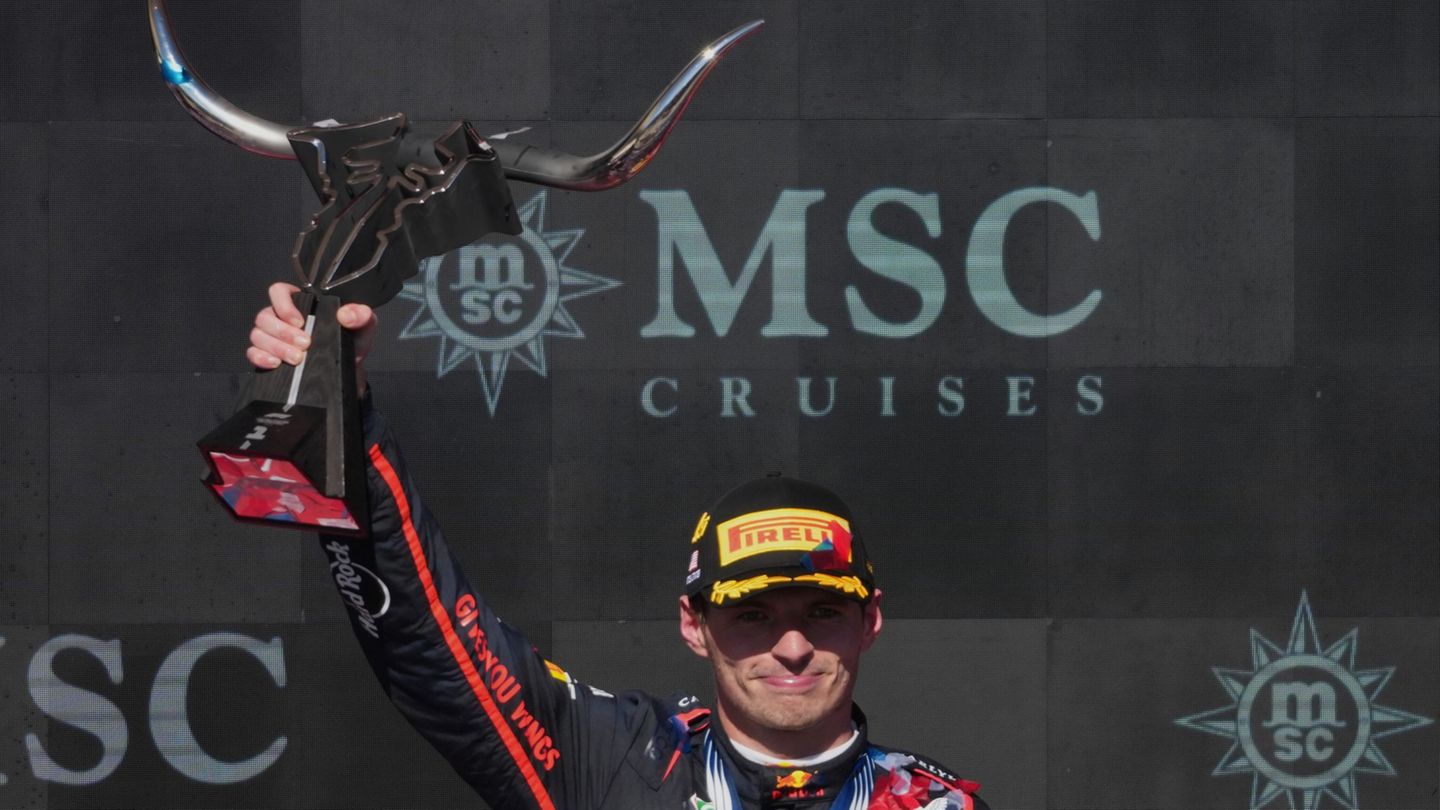On Christmas night in 1980, in the midst of the dictatorship, one of the biggest thefts in Argentina, and the largest of works of art. A group of thieves stole seven valuable antique porcelain and jade objects, and 16 paintings – by Matisse, Renoir, Cézanne, Gaugin, Daumier, Degas and Lebourg – from the National Museum of Fine Arts. What happened – where there were kidnappings and torture – that was never fully resolved is offered by the specialized journalist Imanol Subiela Salvo in “Golpe en el Museo” (Planet). We dialogue with him.
Journalist: What made you recover from the case of the million-dollar robbery of the Museum of Fine Arts during the dictatorship?
Imanol Subiela Except: When the artist Santiago Villanueva told me about that looting of the Museum forty years ago, I wrote a note for Gatopardo, the Mexican magazine in which Leila Guerriero is editor. When I was investigating the case, speaking with Leila, I realized that it was broader. and complex, due to the twists and turns it had, which deserved to be a book.
Q: Did you choose for the story to have something of a detective novel?
ISS: Although it is a non-fiction book, a journalistic investigation, I wanted the structure to be that of the classic detective story: the crime is presented, what is discovered, the actors involved, the clues to a possible resolution.
Q.: Did you confirm that it was a commissioned robbery carried out by the Triple A gang led by Aníbal Gordon?
ISS: The hypothesis of justice was that the Military Junta commissioned Gordon to carry out the robbery, a gang that later looted the Museum of Decorative Art in Rosario. This is confirmed when in the 90s a member of Gordon’s gang was arrested and in the trunk of his car they found a Goya painting stolen from the Rosario Museum.
Q.: “Coup in the Museum” goes from how Mercedes Santamarina gets her collection, Nelly Arrieta de Blaquier’s relationship with Harguindeguy, to the repression of museum employees.
ISS: They sought to get an employee to confess his relationship with the theft, and they even took Samuel Paz, who was the one who obtained the Santamarina collection for the museum. When they asked an official of the dictatorship why employees were tortured, he answered: because the justice system had detected problems of homosexuality, and that is why that entity had intervened. Something ridiculous, they make this excuse to carry out the repression with the idea that the employees had stolen the works or that there was a dealer who had to be discovered.
Q: Is it true that the robbery was planned by those in power for military needs?
ISS: The presumption was that the Military Junta asked the gang of Gordon and Otto Paladino to steal the works to exchange them abroad for weapons. They were aware of the near war over boundaries with Chile in 1978 and a potential war with Great Britain. In 78 the dictatorship had bought weapons in Taiwan, now it planned to obtain them by exchanging them for works of art. This is reported by Guillermo Patricio Kelly in La Prensa. Gordon kidnapped him and in the midst of torture tells him: what you wrote is eighty percent true. When Oyarbide takes the case he cannot confirm it because both Gordon and Paladino had died in prison.
Q: The clue to locate the works was obtained by an English detective.
ISS: Julian Radcliffe, former British colonel who, with his company Art Loss Register, searches for stolen works of art around the world. Summoned by the auction house Sotheby’s, he discovers that three works from the Mercedes Santamarina collection had wanted to be put up for sale, in a gallery in Paris, by a German Susana Giménez style at the request of some Taiwanese. From there he begins the crusade to recover the sixteen works. It’s all very movie-like. One of spies, Oyarbide will say. If only three paintings were recovered, which are today in the museum, it is because there were many intermediaries managing the restitution.
Q.: Was it a handrail for judges until the case reached Norberto Oyarbide?
ISS: Oyarbide was very complicated. He had had a jury to remove him. He was controversial, questioned, controversial. In the early 2000s he began trying to clean up his image. He begins to make decisions that make him look good. He decides that Videla goes to a regular prison. He manages, from Federal Court number 5, which he leads, for the return of the three works held in a gallery in Paris. Since he was a child he had a special interest in art, he was a collector, and recovering the works gave him the prestige he needed.
Q: Did Jorge Glusberg collaborate on that?
ISS: He was the one who directed the Fine Arts for the longest time, all of the 90s. He also had controversial aspects. Solving the cause of the theft and recovering the works made him go down in history as director of the Museum. He was the one with whom the English detective spoke the most. Although they worked together, they ended up facing a legal case with Oyarbide that caused Glusberg to leave the museum.
Q.: For the English detective, the poor management, the twists and turns in the decisions, the financial interests, made Argentina lose the possibility of having all the stolen works. Is that why he leaves shouting: the game is over?
ISS: Radcliffe knew where the works were. He had seen them. The judicial framework caused the trace of the Taiwanese holders to be lost. His legal representative in Paris is arrested for trafficking gold from Africa, and all possibility of knowing about the Taiwanese Arthur Long disappears. At the time, the businessman and arms dealer Long had said that they were willing to return the assets if the Argentine State paid him the value of the works or exempted him from paying taxes to establish a logging industry here. On the other hand, since Argentina does not recognize Taiwan as an independent country, Taiwan never answers the requests that Oyarbide sends it to demand information about Arthur Long. This is how the thirteen works that are missing today, which perhaps must be around the world, were lost.
Source: Ambito
I am an author and journalist who has worked in the entertainment industry for over a decade. I currently work as a news editor at a major news website, and my focus is on covering the latest trends in entertainment. I also write occasional pieces for other outlets, and have authored two books about the entertainment industry.




